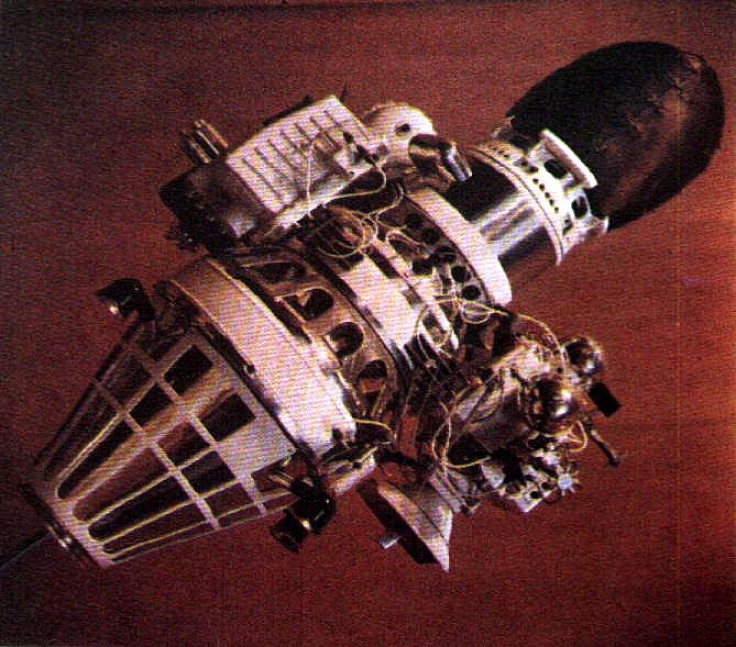On February 3, 1966, a Soviet spacecraft called Luna 9 was the first thing made by humans to land softly on the moon. This was a big deal. This was a big step toward learning more about the planet closest to Earth, and it showed how advanced the Soviet Union's technology was. Here are ten things about Luna 9 that you should know.

1. Luna 9 Was Part Of The Luna Program
The Soviet Union's lunar exploration missions were known as the Luna program. Initiated in 1959, the program employed a fleet of robotic spacecraft to study the lunar surface and atmosphere. The mission to Luna 9 was the fourth in the series.
2. The Purpose Of Luna 9 Was To Test The Ability To Make A Soft Landing On The Moon
When planning the Luna 9 mission, the Soviet Union wanted to see if their spacecraft could successfully land on the moon and transmit data back to Earth. This was a major milestone on the path to sending humans to the moon.
3. Luna 9 Was Launched On January 31, 1966
The Molniya-M rocket that carried Luna 9 into space lifted off from Kazakhstan's Baikonur Cosmodrome. On February 2, 1966, after a three-day journey, the spacecraft entered lunar orbit.
4. Luna 9 Was The First Spacecraft To Make A soft Landing On The Moon
The Luna 9 spacecraft successfully touched down in the Ocean of Storms on the moon on February 3, 1966. This historic event proved that a soft landing on the moon was feasible for the first time ever.
5. Luna 9 Was Equipped With Scientific Instruments
The scientific instruments aboard Luna 9 were designed to study the lunar surface and atmosphere. The spacecraft was equipped with numerous sensors, including a radiation detector, a temperature gauge, and a wide-angle camera.
6. Luna 9 Sent Back The First Images Of The Moon's Surface
The Luna 9 mission's primary objective was to return images of the lunar surface. Images of the lunar surface were taken by the spacecraft's panoramic camera and sent back to Earth. Since these were the first images of the moon's surface ever taken from its surface, the information they contained was invaluable.
7. Luna 9 Demonstrated The Soviet Union's Technological Prowess
The Soviet Union's technological prowess was on full display with the success of the Luna 9 mission. In the long run, the mission was essential to the Soviet Union's plan to send a manned mission to the moon.
8. Luna 9 Paved The Way For Future Lunar Missions
Future lunar missions are possible thanks to Luna 9's success. The spacecraft's data helped set the stage for future lunar missions and paved the way for exploration.
9. Luna 9's Landing Site Is Still Visible
It has been determined that the landing site for the Luna 9 mission is still visible on the moon, making it a viable option for future manned lunar exploration. Located in the Ocean of Storms, this site is of great scientific interest because of its apparent preservation.
10. Luna 9 Inspired Future Lunar Missions
The Apollo program, among others, owes its conception and conception to the success of the Luna 9 mission. Luna 9's success marked a significant step forward in humankind's exploration of the moon, and the data it gathered was integral to the planning of future lunar missions.
In conclusion, the Luna 9 mission was a watershed moment in mankind's pursuit of the moon. To prove their technological superiority and pave the way for future lunar missions, the Soviet Union was the first to land a spacecraft softly on the moon.
Numerous scientific instruments were aboard Luna 9, and the first images of the lunar surface were transmitted back to Earth. As a landing site for future lunar exploration, its footprint is still visible today. To this day, Luna 9's accomplishments serve as motivation for future missions to our nearest celestial neighbor.









